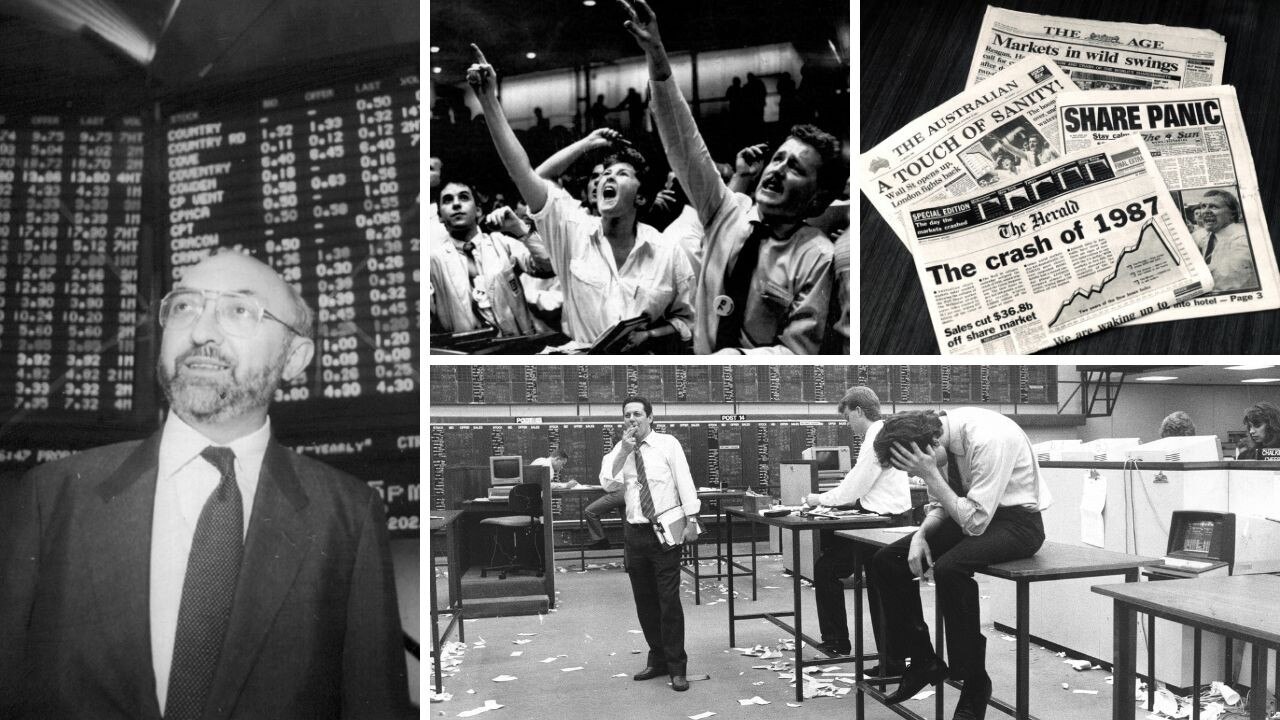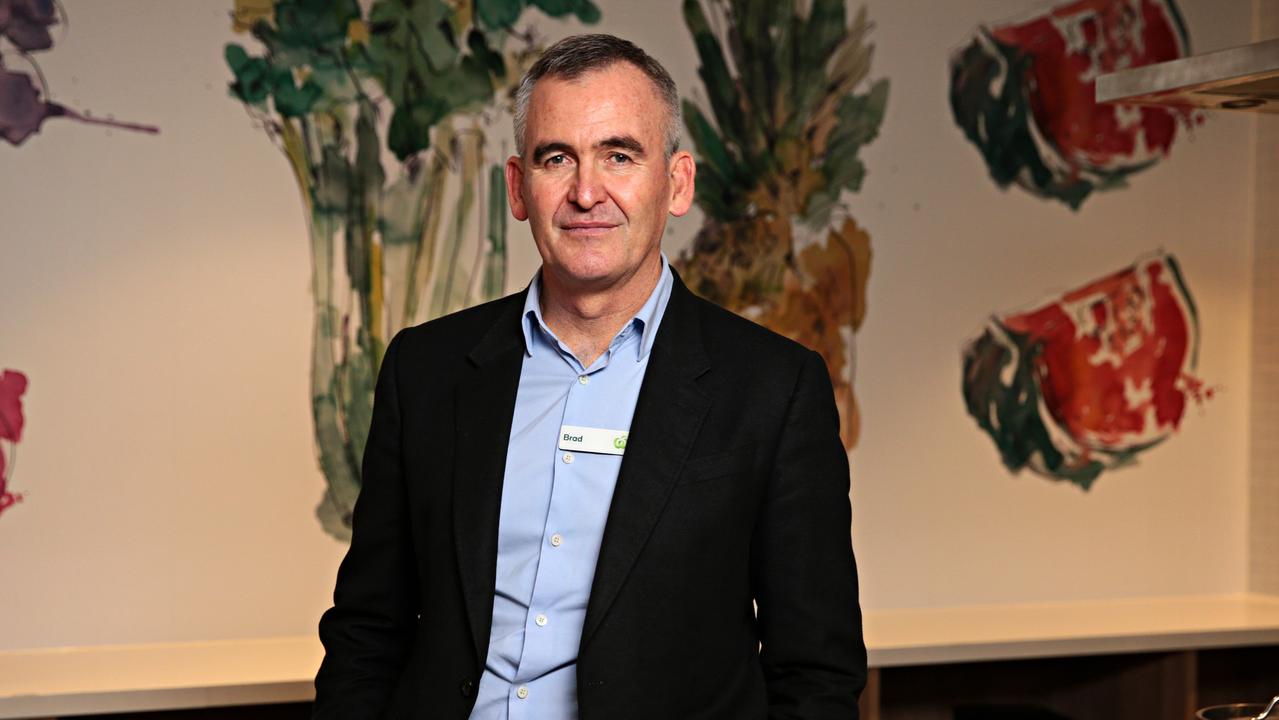What next for interest rates after the RBA’s Melbourne Cup Day meeting?
If interest rates end up going up in 2024, don’t blame new RBA governor Michele Bullock and her semi-new board, blame the ‘team’ in Canberra.

Terry McCrann
Don't miss out on the headlines from Terry McCrann. Followed categories will be added to My News.
Beyond the now pivotal Cup Day meeting, the future course of inflation and so interest rates is now all-but entirely about wages and productivity.
The results will therefore be entirely the responsibility of the Federal Government and the treasurer in particular.
The Reserve Bank will be essentially a spectator - albeit, a spectator that will have to clear up the mess, if a mess it proves to be; and clear it up very painfully. In short, if interest rates end up going up in 2024, don’t blame new governor Michele Bullock and her semi-new board; blame the ‘team’ in Canberra.
As I discussed yesterday, departing governor Lowe and incoming governor Bullock, not only jointly left the official rate unchanged for August, but for September and October as well. What happens at November’s Cup Day meeting, then all turns on the September quarter inflation number.
Broadly, a quarterly inflation number of 1.2 per cent or less will mean no rate hike; a figure of 1.5 per cent and higher puts a hike on the table.
Whether a hike, though, is then actually delivered will depend on ‘everything else’ that is happening both within Australia and globally by then.
But whatever, after that is an all-new ball-game.
We will have got inflation down to somewhere around 4 per cent on an annualised basis.
And have got there without seeing the jobless rate – yet – go above 4 per cent as well.
That sounds a great ‘two-fer’; and it is, as far as it goes.
But the necessary task of the RBA is to get inflation below 3 per cent; and keep it there.
Yet it is looking dangerously sticky around that 4 and even 5 per cent.
There are two ways to get it to 3 per cent.
By bludgeoning it lower with a serious and sustained recession.
Something that would probably see the RBA’s rate go above 5 per cent and the jobless rate follow it.
The second is to see broad wages growth staying south of 4 per cent and - as departing governor Lowe keeps gently but insistently noting – productivity across the economy picking up from its abysmal, all-but zero level.
Yet we have a government in Canberra that has embraced a viciously anti-business anti-productivity agenda, led off by deliberately destroying the basis of any successful economy: cheap, plentiful and reliable energy.
And we also have a government – presided over by an almost permanently absent PM, even on the occasional days that he is physically in Australia – that has let IR minister Tony Bourke off the leash to pursue a high-wage low-productivity Clyde Cameron Version 2.0 frolic.
After the election, I argued that Jim Chalmers had to be the Keating 2.0 counterpoint against a government and a cabinet that had all the worst instincts of a Whitlam replay.
He’s certainly done that so far as spending is concerned, keeping greedy fingers off that $20bn surplus.
But he’s been impotent where it really counts in 2023 and 2024 – wages and productivity.
Unless he mans up and sends Bourke figuratively to the back of his namesake, 2024 could get ugly, very ugly.
And if so, don’t blame the ‘guv.
Originally published as What next for interest rates after the RBA’s Melbourne Cup Day meeting?



